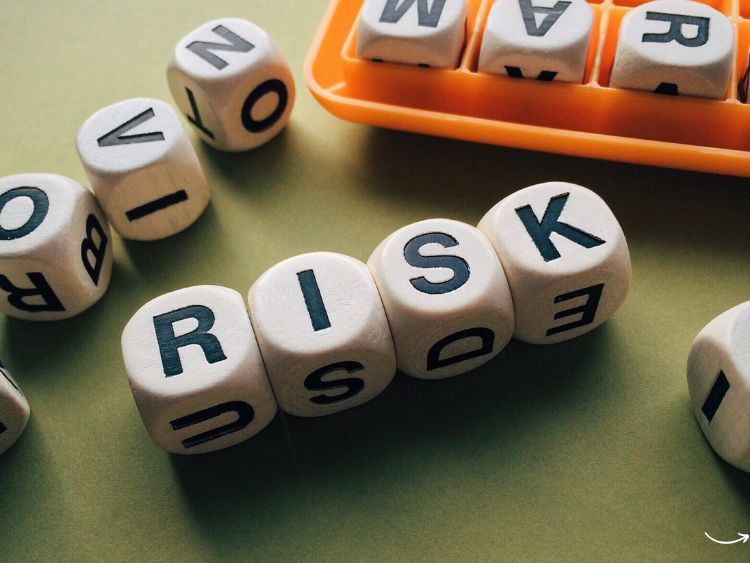In today’s global economy, the complexity of supply chains is increasing, and with it, the potential risks associated with suppliers. Effective supplier risk management is crucial not only for maintaining smooth operations but also for achieving long-term business resilience and success. In this comprehensive guide, we’ll explore the ins and outs of supplier risk management, offering practical advice and strategies to safeguard your supply chain against unexpected disruptions.
Ever had one of those “Oh no!” moments when a supplier fails to deliver on time? It’s not just frustrating; it can ripple through your entire business operation. That’s where robust supplier risk management (SRM) steps in. It’s not just a safety net; it’s a strategic imperative for any business that relies on a network of suppliers to produce their products or provide services. Let’s dive into how mastering SRM can be a game changer for your business.
What is Supplier Risk Management?
Supplier Risk Management involves identifying, assessing, and mitigating risks associated with your supply chain’s external parties. It focuses on ensuring that suppliers can meet their contractual obligations without causing disruptions. This practice isn’t just about preventing negatives; it also adds substantial value by improving supply chain reliability and performance.
Key Components of Effective SRM
- Risk Identification: Spot potential risks early. Are there financial, operational, geopolitical, or environmental risks lurking?
- Risk Assessment: Determine the likelihood and impact of each identified risk. Which ones could hit you hardest?
- Risk Mitigation: Develop strategies to reduce vulnerability. Could you diversify your supplier base or increase inventory buffers?
- Continuous Monitoring: Keep an eye out! The business world changes rapidly, and new risks can emerge.
Why Prioritize Supplier Risk Management?
Imagine you’re all set for a major product launch, but a supplier’s factory shuts down unexpectedly. Without a backup plan, you’re not just facing delayed product availability but potentially a tarnished reputation. By prioritizing SRM, you ensure that your supply chain is resilient, adaptive, and prepared for the bumps along the road.
The Benefits are Clear:
- Reduced Supply Chain Disruptions: Fewer surprises mean smoother operations.
- Enhanced Compliance and Quality Control: Ensuring suppliers adhere to industry standards safeguards your business reputation.
- Cost Efficiency: Anticipating and mitigating risks can lead to significant cost savings.
Strategies for Implementing SRM
Let’s roll up our sleeves and look at some actionable strategies to enhance your supplier risk management framework:
- Develop a Supplier Risk Management Policy: Start by defining what supplier risk management means for your organization. What standards do suppliers need to meet?
- Conduct Thorough Supplier Audits: Regular audits help catch potential issues before they become actual headaches.
- Establish Strong Supplier Relationships: Collaboration can lead to better visibility and more flexibility in managing risks.
- Utilize Technology: Leverage SRM software to track, analyze, and manage supplier risks efficiently.
- Plan for Contingencies: Always have a Plan B. If one supplier falls through, having alternatives can save the day.
Using Technology in SRM
“Wait, there’s a tech solution?” Absolutely! Modern SRM tools use data analytics to predict supplier risks and automate parts of the risk management process. By integrating technology into your SRM efforts, you can gain real-time insights and respond more quickly to potential supply chain disruptions.
Challenges in Supplier Risk Management
It’s not all smooth sailing, though. Implementing an effective SRM program comes with its challenges:
- Data Overload: Too much data can be as bad as too little. Finding the right data to use is key.
- Supplier Resistance: Some suppliers may not be on board with rigorous audits and monitoring.
- Global Complexity: Managing suppliers across different countries adds layers of complexity, from legal issues to cultural differences.
FAQs About Supplier Risk Management
What are the first steps in setting up a supplier risk management program?
Start with supplier segmentation, assess their impact on your business, and establish clear risk criteria and management procedures.
How often should I reassess supplier risks?
Reassess major supplier risks at least annually, or whenever there are significant changes in the business environment or within the supplier’s operations.
Can small businesses benefit from SRM?
Absolutely! Even small businesses can face significant disruptions if key suppliers fail to deliver. Implementing basic SRM practices can be a low-cost way of mitigating potential risks.
Summary
In wrapping up, supplier risk management isn’t just about avoiding pitfalls; it’s about building a robust foundation for your business to thrive on. By understanding and implementing effective SRM strategies, you can ensure that your supply chain becomes a source of competitive advantage rather than vulnerability. Remember, in the world of supply chains, it’s better to be proactive than reactive!

